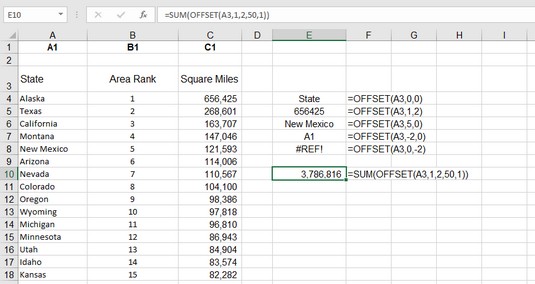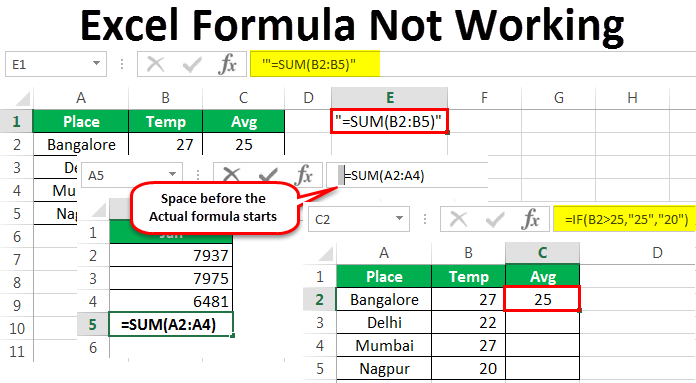
All about Vlookup Excel
Get going on how to develop formulas and also utilize built-in features to execute computations and also solve troubles. Vital: The determined outcomes of formulas and also some Excel worksheet features may differ somewhat in between a Windows COMPUTER utilizing x 86 or x 86-64 architecture as well as a Windows RT COMPUTER using ARM style.
Select a cell. Type the equal indication =. Note: Formulas in Excel constantly begin with the equivalent indicator. Select a cell or kind its address in the picked cell. Enter an operator. For example,-- for reduction. Select the next cell, or type its address in the picked cell. Press Enter.
When a formula is become part of a cell, it likewise appears in the Solution bar. To see a formula, pick a cell, and it will appear in the formula bar. Select a vacant cell. Kind an equivalent indicator = and after that kind a feature. As an example, =SUM for getting the overall sales.
Select the variety of cells, as well as after that type a closing parenthesis). Press Enter to get the outcome. We've created a Start with Solutions workbook that you can download. If you're new to Excel, or also if you have some experience with it, you can stroll through Excel's most typical formulas in this scenic tour.
You can search through the private sections below for more information about specific formula aspects. A formula can also have any kind of or all of the following: features, recommendations, operators, and constants. Components of a formula 1. Functions: The PI() function returns the value of pi: 3.142 ...
How Interview Questions can Save You Time, Stress, and Money.
Recommendations: A 2 returns the value in cell A 2. 3. Constants: Numbers or text values went into directly right into a formula, such as 2. 4. Operators: The ^ (caret) operator increases a number to a power, and the * (asterisk) driver multiplies numbers. A continuous is a worth that is not determined; it always stays the same.
An expression or a value resulting from an expression is not a constant. If you use constants in a formula rather than referrals to cells (for instance, =30 +70 +110), the result modifications only if you change the formula. In general, it's best to put constants in private cells where they can be easily transformed if needed, after that recommendation those cells in formulas.

You can make use of references to make use of information contained in various components of a worksheet in one formula or make use of the value from one cell in numerous solutions. You can likewise refer to cells on other sheets in the very same workbook, as well as to other workbooks. Referrals to cells in other workbooks are called web links or external recommendations.
These letters and also numbers are called row and also column headings. To refer to a cell, go into the column letter adhered to by the row number. For instance, B 2 refers to the cell at the intersection of column B as well as row 2. To refer to Utilize The cell in column An and also row 10 A 10 The array of cells in column An as well as rows 10 via 20 A 10: A 20 The variety of cells in row 15 and also columns B with E B 15: E 15 All cells in row 5 5:5 All cells in rows 5 via 10 5:10 All cells in column H H: H All cells in columns H through J H: J The variety of cells in columns A through E and also rows 10 with 20 A 10: E 20 Making a reference to a cell or a series of cells on one more worksheet in the same workbook In the complying with example, the AVERAGE feature determines the ordinary value for the array B 1: B 10 on the worksheet called Advertising in the same workbook.

Refers to the worksheet named Marketing 2. Describes the variety of cells from B 1 to B 10 3. The exclamation point (!) Divides the worksheet recommendation from the cell range recommendation Note: If the referenced worksheet has areas or numbers in it, then you require to include apostrophes (') before and after the worksheet name, like =' 123'! A 1 or =' January Revenue'! A 1.

The Greatest Guide To Sumif Excel
If the placement of the cell which contains the formula adjustments, the referral is altered. If you duplicate or fill up the formula throughout rows or down columns, the recommendation instantly adjusts. By default, new formulas utilize relative references. As an example, if you copy or load a family member recommendation in cell B 2 to cell B 3, it instantly readjusts from =A 1 to =A 2.
If the placement of the cell which contains the formula changes, the outright recommendation stays the very same. If you copy or fill up the formula across rows or down columns, the outright reference does not adjust. By default, new solutions use relative recommendations, so you might need to change them to absolute recommendations.
Replicated formula with absolute recommendation Mixed references A blended reference has either an outright column and family member row, or outright row and family member column. An absolute column recommendation takes the type $A 1, $B 1, and so on. An absolute row recommendation takes the form A$ 1, B$ 1, and so forth.
If you duplicate or load the formula throughout rows or down columns, the relative reference immediately adjusts, as well as the outright referral does not adjust. As an example, if you duplicate or load a mixed reference from cell A 2 to B 3, it adjusts from =A$ 1 to =B$ 1. Duplicated formula with mixed referral The 3-D recommendation design Comfortably referencing several worksheets If you intend to assess data in the exact same cell or series of cells on multiple worksheets within a workbook, make use of a 3-D recommendation.